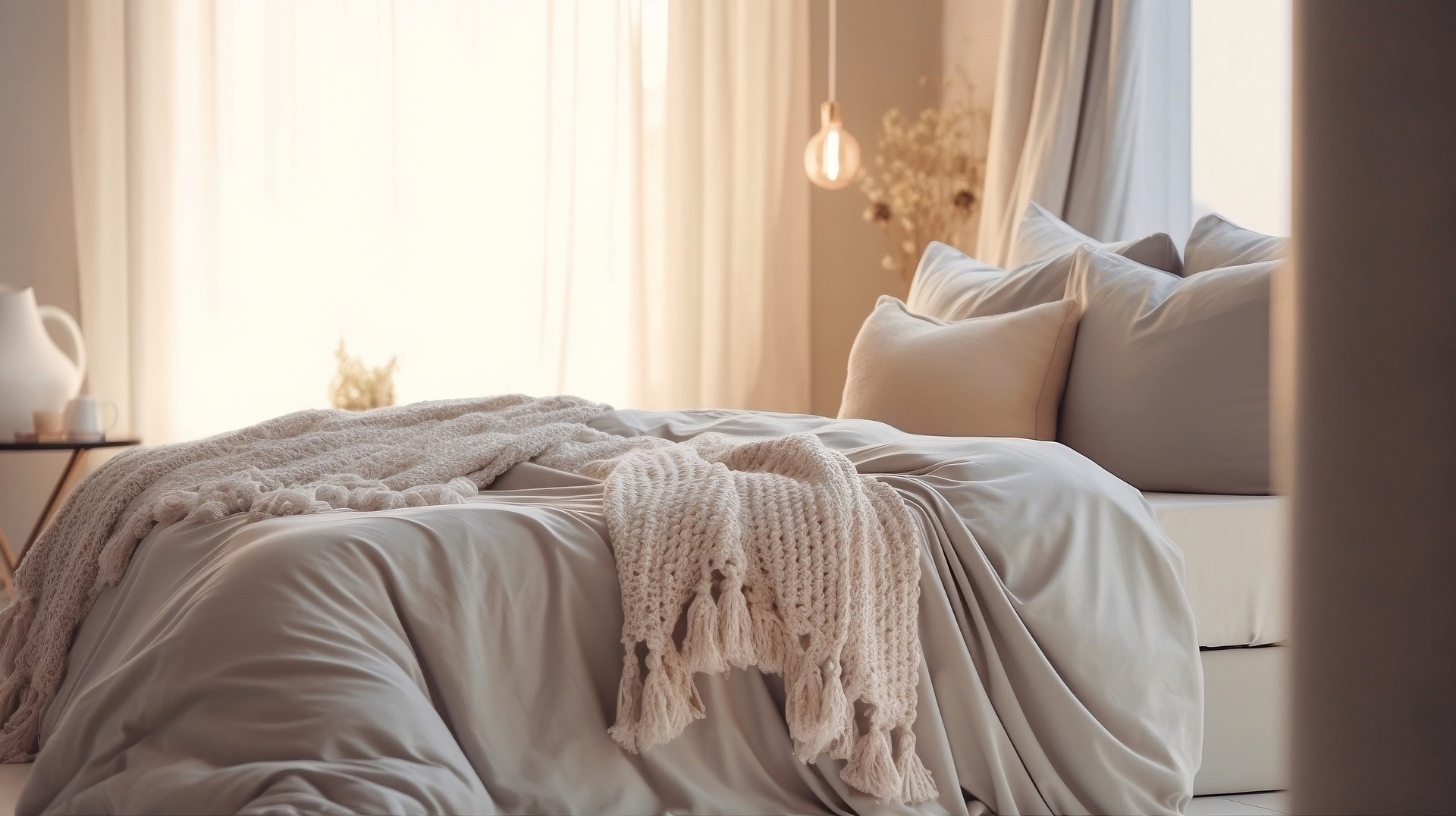Embracing the Wabi-Sabi Aesthetic in Modern Australian Homes
In the fast-paced world of home trends, the Japanese concept of Wabi-Sabi is gaining popularity in Australian homes. This timeless aesthetic celebrates imperfection, simplicity, and the beauty of natural ageing. Read below to understand more about how you can incorporate this trend into your home.

Bringing Wabi-Sabi into your Living Room Wabi-Sabi focuses on appreciating the beauty of imperfections, which means you can forego the pressure of maintaining a picture-perfect living room. Choose furniture with a worn look, like a rustic wooden coffee table or a vintage armchair. Soft, muted, and earthy colours are also key components, so consider using a palette of whites, greys, and browns.
Incorporating Wabi-Sabi in your Kitchen In the kitchen, Wabi-Sabi can be expressed through handmade ceramics, wooden utensils, and linen napkins. Instead of hiding your utensils and dishes, display them on open shelves to showcase their utilitarian beauty. Opt for natural stone or wood for your countertops and avoid high-gloss finishes.
Wabi-Sabi Bedroom Inspiration To create a Wabi-Sabi bedroom, use linen bedding in natural tones and layer different textures to create a cosy, lived-in look. Choose lighting that provides a soft, warm glow and add elements of nature, like a dried flower arrangement or a beautiful stone.
Wabi-Sabi Bathroom Ideas A Wabi-Sabi bathroom embraces natural materials and finishes. Consider using raw stone for your sink or a wooden stool for your vanity. A freestanding tub with a worn patina fits perfectly into this aesthetic. Use woven baskets for storage and hang a mirror with a rustic frame.
Wabi-Sabi Garden Design The Wabi-Sabi philosophy extends to the garden as well. Here, embrace the cycles of nature and let plants grow in a more organic and less manicured way. Incorporate elements of decay like rotting logs and fallen leaves, which not only add visual interest but also enrich the soil.
Useful Tips and Facts: - Wabi-Sabi is not about neglect or messiness; it’s about finding beauty in imperfection and ageing. - It promotes sustainability by encouraging the reuse and repurposing of items. - Wabi-Sabi rejects mass-produced items in favour of artisanal, handmade goods.
In conclusion, embracing the Wabi-Sabi aesthetic in your home is about appreciating the beauty in the natural, imperfect, and transient. This refreshing approach offers a serene antidote to the constant striving for perfection in our homes and lives. As you embark on your Wabi-Sabi journey, remember, it’s not just a design trend, but a mindset that celebrates the beauty of life’s imperfections.




